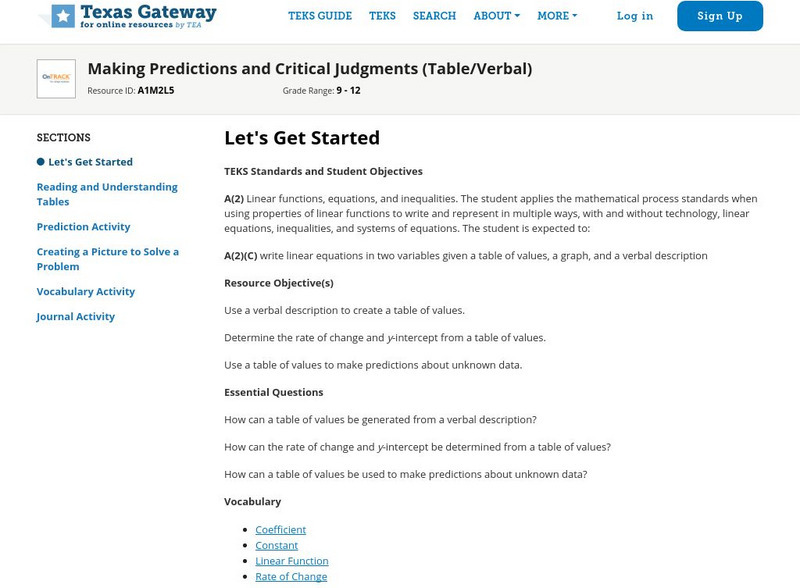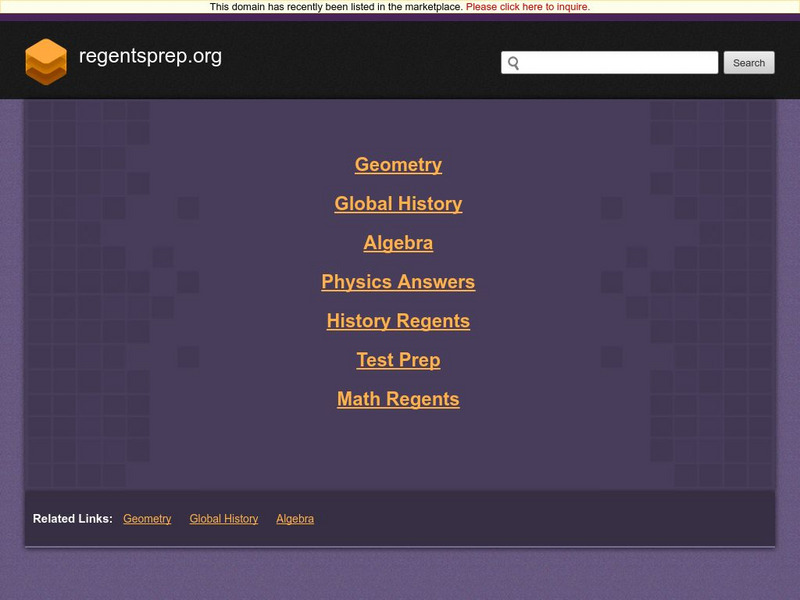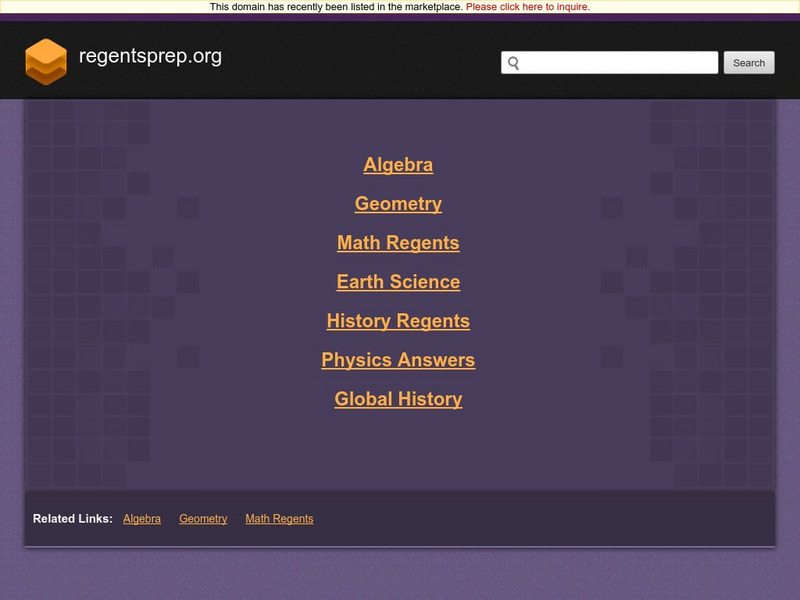Curated OER
Function Machines
In this math worksheet, students use function machines to complete an x/y T chart. Students convert between Celsius and Fahrenheit temperatures using a function machine.
Curated OER
Reflections of a Linear Function
Pupils reflect functions about the X-axis, Y-axis, and origin. They derive equations for reflected functions using the website www.explorelearning.com.
Curated OER
Patterns and Linear Functions
Students investigate the concept of a linear function. They use geoboards to find the interior angle sums. The sum of the angles is found to equal 180 degrees. Students also investigate quadrilaterals.
Curated OER
Introduction to Linear Functions
Students are introduced to the concept of linear functions. Using new terminology, they describe linear functions in sentences and in data tables. Using the internet, they calculate and record answers to problems which are discussed...
Curated OER
What's My Rule? Simple Linear Functions
Middle schoolers investigate simple linear functions by trying to guess a function rule from inputs and outputs. They write the function rule in algebraic form.
Curated OER
Introduction to Linear Functions
Students are introduced to the basic ideas needed for understanding linear functions.
Curated OER
Graphing Linear Functions Using Their Slopes
In this Algebra I worksheet, 9th graders graph a linear function using its slope. The one page worksheet contains one multiple choice problem with the solution.
Curated OER
Count the Differences
Students determine the degree of polynomials. In this determining the degree of polynomials lesson, students find the difference between consecutive y-values. Students find the degree of a linear, quadratic, and cubic...
Curated OER
Absolute Value of Linear Functions
Students identify and interpret how absolute value affects linear functions. They also graph linear functions and reflect them in a line of symmetry. Finally, students evaluate the absolute value of a constant using technology to...
Curated OER
Reflections of a Linear Function
Students identify and reflect functions about the X-axis, Y-axis, and origin. They derive equations for reflected functions and graph the linear functions. Finally, students identify that f(x) can be reflected about each axis and the...
Curated OER
Big Wheels Keep on Turning
Eleventh graders work in groups and investigate how force determines the speed and distance then they view the video, "Math Vantage #7: What's Your Angle?." They are given a real life problem to solve using speed, ramps, angle, incline...
Massachusetts Institute of Technology
Mit: Calculus for Beginners and Artists
Students learn about Calculus concepts through online notes, applets, and dialogs. Topics include derivatives, integrals, linear functions, and derivative applications.
William Mueller
William Mueller: Families of Functions
Meet the Function Family! Each member of the family has examples of their graphs and descriptions of the types of real-world situation that produce those graphs.
Student Achievement Partners
Student Achievement Partners: Penny Circle Task [Pdf]
Students will explpre models and understand the difference between quadratic, exponential, and linear models in this lesson.
Other
Desmos: Linear Bundle
A collection of activities where students investigate linear equations. Activities involve an exploration of the lines in a polygraph and the vocabulary needed to describe them accurately; the slope in graphs; lines in different...
TeachEngineering
Teach Engineering: Latex Tubing and Hybrid Vehicles
This unit gives students the opportunity to make use of linear models in order to make predictions based on real-world data. Students experience how engineers address incredible and important design challenges through the use of linear...
TeachEngineering
Teach Engineering: Walk the Line: A Module on Linear Functions
This module leads students through the process of graphing data and finding a line of best fit while exploring the characteristics of linear equations in algebraic and graphic formats. Then, these topics are connected to real-world...
Texas Education Agency
Texas Gateway: Making Predictions and Critical Judgments (Table/verbal)
Given verbal descriptions and tables that represent problem situations, the student will make predictions for real-world problems.
Oswego City School District
Regents Exam Prep Center: Slopes and Equations of Lines
Explanation of linear equations and four types of slopes: positive, negative, zero, and undefined. Practice problems for the students are provided and a reinforcement activity using a graphing calculator is offered for the teacher's use.
Other
Algebra.com: Linear Equation and System Solvers
Linear equations can be solved and graphed using this interactive site. This site allows the user to enter any linear equation in standard form and the y-intercept will be found through a step-by-step process. Systems of inequalities can...
Oswego City School District
Regents Exam Prep Center: Direct Variation
This site gives a definition for direct variation and an example problem.
Texas Education Agency
Texas Gateway: Determining Parent Functions (Verbal/graph)
Given a graph or verbal description of a function, the student will determine whether the parent function is quadratic or linear.
Texas Education Agency
Texas Gateway: Direct Variation and Proportional Change
The student will use a variety of methods inculding tables, equations and graphs to find the constant of variation and missing values when given a relationship that varies directly.
Texas Education Agency
Texas Gateway: Connecting Multiple Representations of Functions
The student will consider multiple representations of linear functions, including tables, mapping diagrams, graphs, and verbal descriptions.












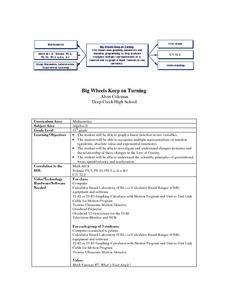
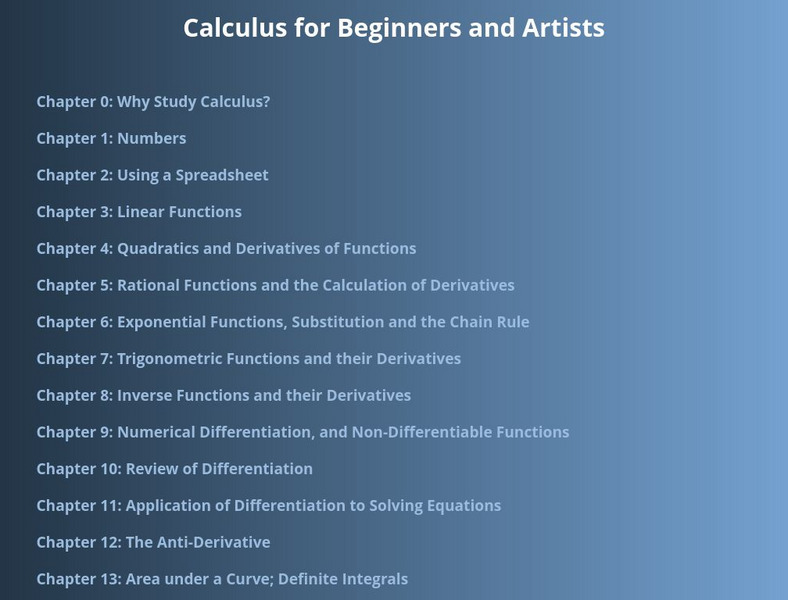
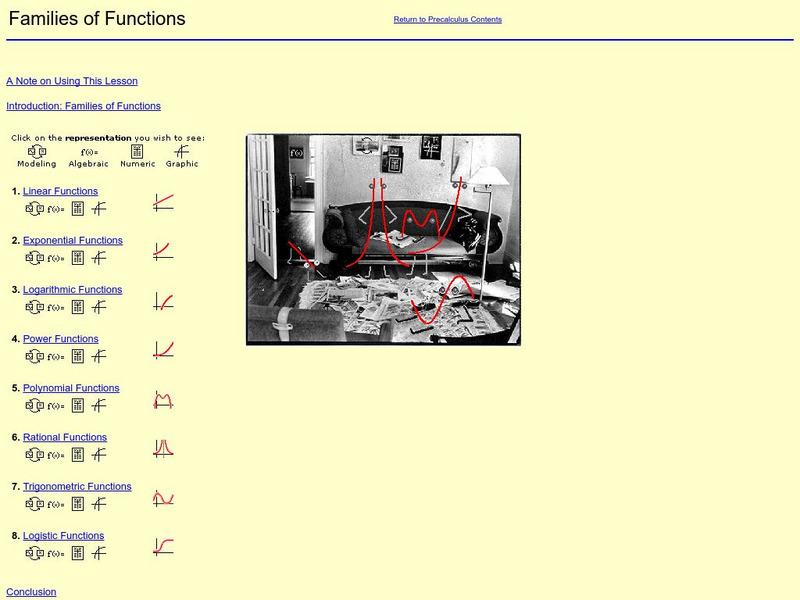
![Student Achievement Partners: Penny Circle Task [Pdf] Lesson Plan Student Achievement Partners: Penny Circle Task [Pdf] Lesson Plan](https://d15y2dacu3jp90.cloudfront.net/images/attachment_defaults/resource/large/FPO-knovation.png)


